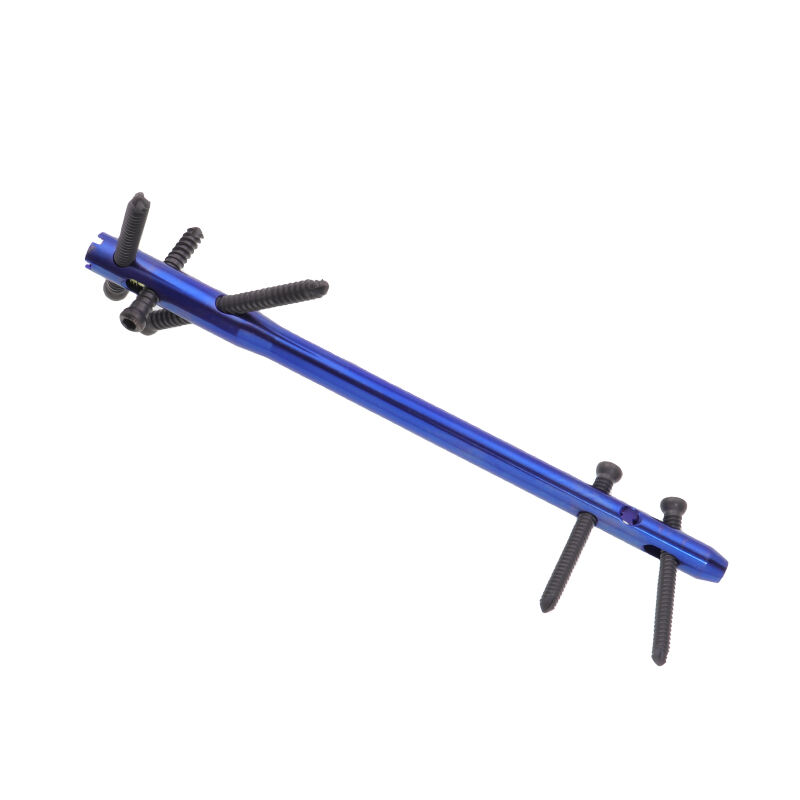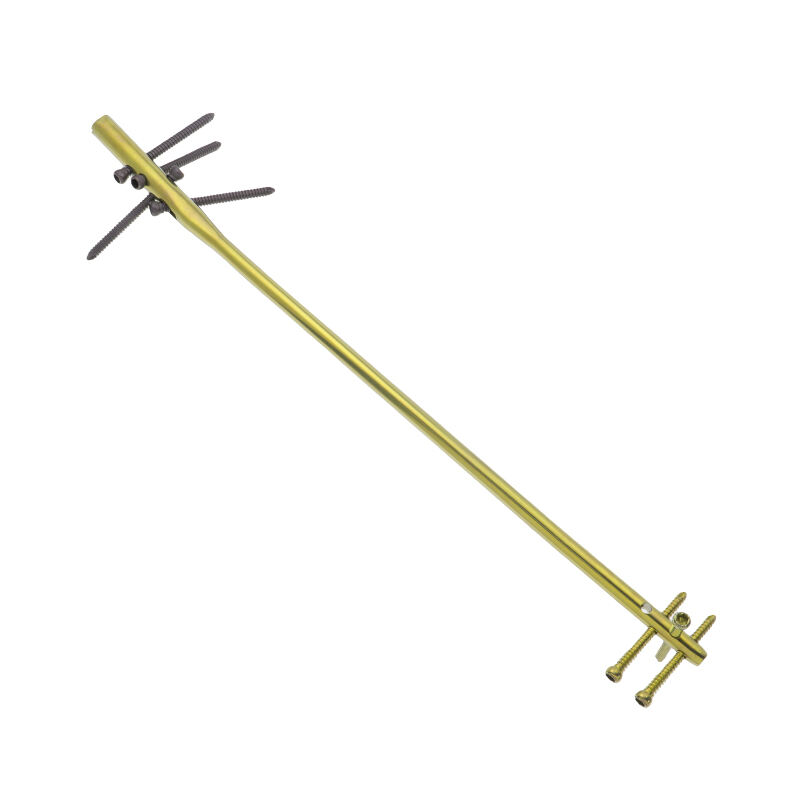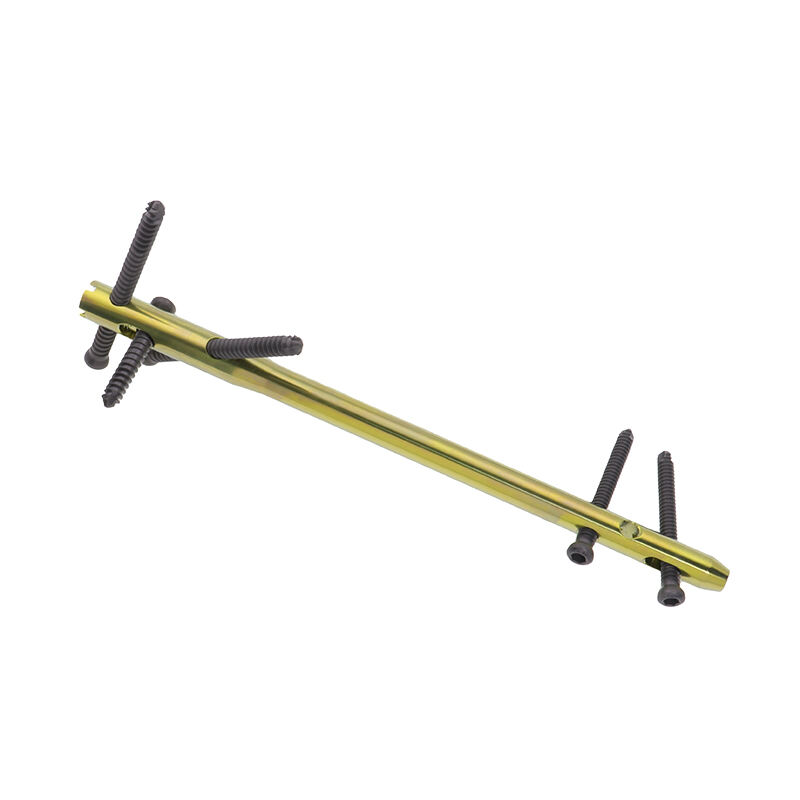intramedullary nail surgery
Intramedullary nail surgery represents a groundbreaking advancement in orthopedic trauma care, offering a sophisticated solution for treating long bone fractures. This surgical procedure involves inserting a specially designed metal rod through the medullary cavity of a broken bone, effectively stabilizing the fracture from within. The nail, typically made from medical-grade titanium or stainless steel, acts as an internal splint that provides immediate stability and promotes optimal healing conditions. Modern intramedullary nails feature innovative designs with multiple locking options, allowing surgeons to address various fracture patterns with precision. The procedure utilizes real-time imaging technology for accurate placement, while minimally invasive techniques minimize soft tissue damage and preserve blood supply to the bone. This surgical approach has revolutionized the treatment of fractures in long bones such as the femur, tibia, and humerus, offering patients faster recovery times and improved outcomes compared to traditional plating methods. The technology continues to evolve with the introduction of specialized nails for specific anatomical locations and fracture patterns, making it an increasingly versatile solution in orthopedic trauma surgery.


